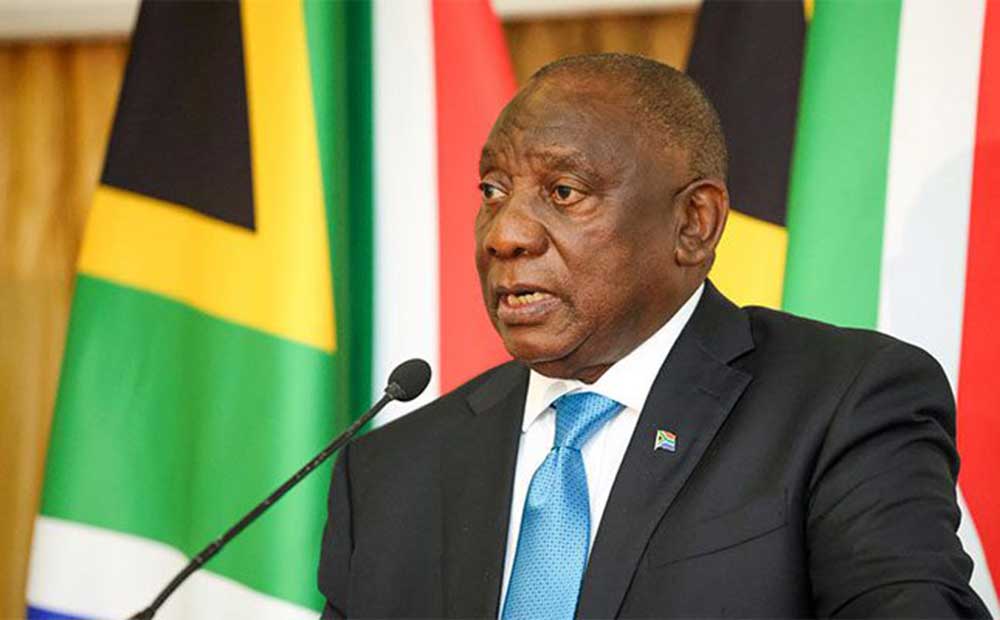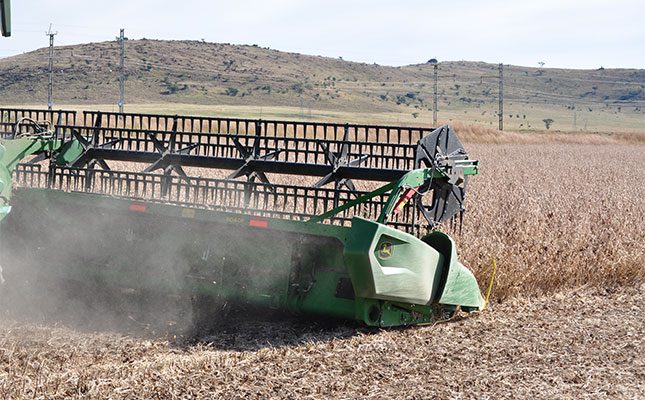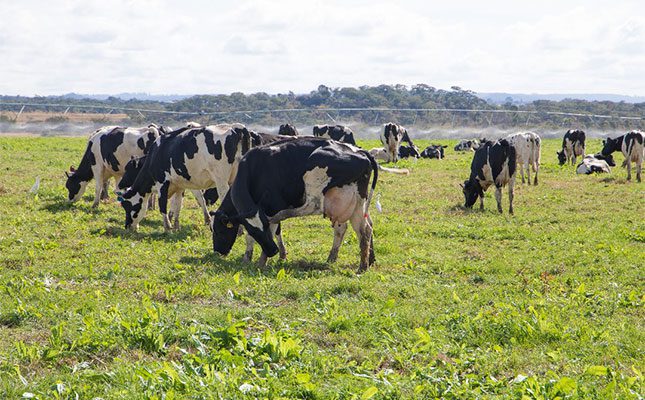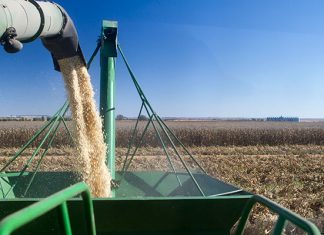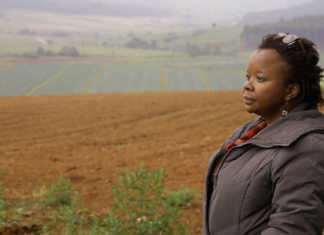
Photo: Lindi Botha
This was according to Michael Esmeraldo, managing director of Netafim Southern and East Africa, who spoke at Netafim’s Impact Day held in White River, Mpumalanga, on 6 August.
“The agriculture sector is growing, and there is money to be made. Although profit margins have shrunk over the past few decades, data shows that farmers are still making money,” Esmeraldo explained.
He added that agriculture played a significant role in the country’s healthy trade surplus of R115 billion: “Some 42% of [South Africa’s] horticultural crops are exported. Agricultural exports have grown by 875% over the past 20 years, with a compound annual growth rate of 13%, which is exceptional.”
Werner van Rooyen, chief operating officer at the Fresh Produce Exporters Forum, said South Africa remained a global leader in fruit exports.
“Since 2000, horticulture exports have grown by 35%, and in 2025, we are still climbing steadily. South Africa is the ninth-largest agricultural exporter in the world by volume and the largest exporter in the Southern Hemisphere by value,” he added.
While the EU remained the largest market for South African produce (36%), Van Rooyen noted that diversification was needed to accommodate growing volumes. He added that other key destinations included the UK (13%), Asia (17%), the Middle East (15%), and the US (7%).
According to Esmeraldo, although the new tariffs introduced by the US posed challenges, market access progress elsewhere had been encouraging.
“[South Africa has] opened more markets in the past few years than ever before. We must celebrate our wins, but we must also put our heads down and keep working to capitalise on the current momentum,” he explained.
He cautioned that input costs remained a major concern: “Since 2011, electricity costs have risen 264% and farm labour [costs] by 283%. Farm income has grown 260% over [the past] 30 years, but input costs have grown 330%. Farmers are still making money, but margins are tight.”
Esmeraldo highlighted exchange rate volatility as another factor weighing on farmers: “The exchange rate has been rising – from R6,54/US$1 in 2000 to R18,29//US$1 for the year to date. The only silver lining is that exporters benefit from a weak rand.”
Encouragingly, a low inflation rate of 2,9% had allowed for five consecutive interest rate cuts by the Reserve Bank, with the repo rate now at 7%.
“Lower interest rates support investment in agriculture and increase consumer disposable income – a win for food demand and producers alike,” Esmeraldo concluded.


